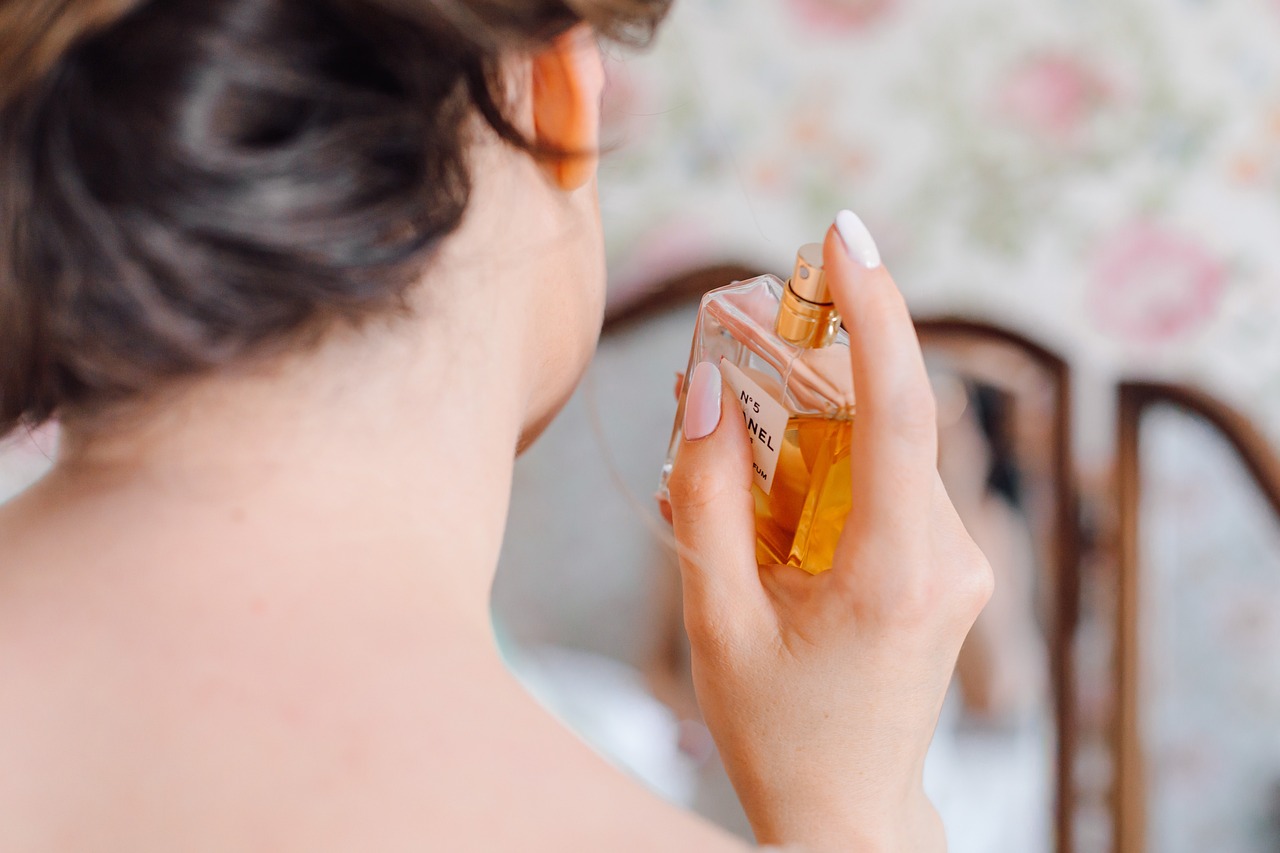Introduction
Perfume, with its evocative power and ability to elicit emotions, is a sensory experience that goes beyond the realm of mere scent. Whether you’re a connoisseur, a beginner, or simply someone who enjoys wearing fragrances, understanding how to evaluate perfumes can enhance your appreciation and selection process. In this comprehensive guide, we’ll delve into the art and science of evaluating perfumes, covering everything from the fragrance pyramid and longevity to testing techniques and considerations for different occasions.
Understanding the Fragrance Pyramid
Top Notes: These are the initial scents that you smell when you first apply the perfume. They are typically light and refreshing, designed to create an immediate impression. Common top notes include citrus fruits, herbs, and light florals.
Middle Notes (Heart Notes): As the top notes fade, the heart notes emerge, forming the main body of the fragrance. These notes are often more complex and can include floral, fruity, or spicy elements.
Base Notes: The base notes anchor the fragrance and become more prominent as the perfume dries down. These notes are usually rich and deep, providing longevity to the scent. Base notes can include woods, resins, and musks.
Evaluating Longevity and Sillage
Longevity: Longevity refers to how long a fragrance remains detectable on your skin. To assess longevity, apply the perfume to your wrist and periodically check how the scent evolves over time. Keep notes on when you first notice the scent, how it changes, and when it fades.
Sillage: Sillage, often referred to as the “scent trail,” is the projection of the fragrance into the surrounding environment. To evaluate sillage, ask someone else for their feedback on how far they can smell the fragrance from your skin.
Testing Techniques
Spray vs. Dab: Perfumes can be applied using either a spray or a dabbing technique. Spraying provides even distribution while dabbing allows for controlled application. Experiment with both techniques to see which works best for you.
Skin vs. Blotter: Testing perfumes on your skin provides a more accurate representation of how the fragrance interacts with your body chemistry. However, using blotter strips allows you to evaluate multiple fragrances without them interacting with each other.
Wait for Dry Down: Perfumes go through different stages as they dry down. Allow the fragrance to settle for about 15 to 30 minutes before making a final assessment, as the initial impression might differ from the dry-down scent.
Evaluating for Different Occasions
Casual Wear: For everyday use, opt for light and versatile fragrances. Citrusy, floral, or fresh scents are excellent choices that won’t overpower your surroundings.
Formal Events: Elegant occasions call for more sophisticated fragrances with a balanced blend of notes. Woodsy, oriental, or spicy scents can complement formal attire.
Summer vs. Winter: Consider seasonal factors when evaluating perfumes. Light and airy scents are ideal for summer, while warm and cozy fragrances are fitting for winter.
Day vs. Night: Daytime fragrances should be subtle and inoffensive, while evening scents can be richer and more intense. Evaluate how the fragrance performs in different lighting conditions.
Considerations for Personal Preferences
Personal Style: Your personal style plays a significant role in choosing a fragrance. Consider whether you prefer classic, modern, sporty, or avant-garde scents.
Skin Chemistry: Perfumes interact differently with each person’s skin chemistry. Test a fragrance on your skin to see how it evolves and whether it harmonizes with your natural scent.
Emotional Response: Fragrances can evoke emotions and memories. Pay attention to how a perfume makes you feel and whether it resonates with your emotions.
Complexity: Some perfumes are simple and straightforward, while others are complex and multifaceted. Decide whether you appreciate a fragrance that evolves over time or prefer a more linear scent.
Ingredient Preferences: Be aware of any specific ingredients you love or dislike. This can help you narrow down your choices and avoid fragrances that contain notes you don’t enjoy.
Conclusion
Evaluating perfumes is an art that requires patience, practice, and an open mind. By understanding the fragrance pyramid, assessing longevity and sillage, and employing effective testing techniques, you can develop a discerning nose and make informed choices when selecting perfumes. Consider the occasion, season, and your personal preferences to find fragrances that resonate with your style and emotions.
Remember that evaluating perfumes is a subjective experience, and what works for one person may not work for another. Allow yourself the freedom to explore a variety of scents, take notes on your impressions, and trust your instincts. As you embark on this olfactory journey, you’ll not only enhance your appreciation for fragrances but also discover scents that become an integral part of your personal identity.




